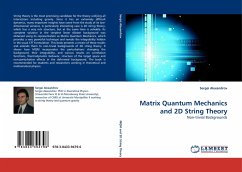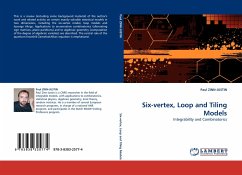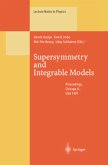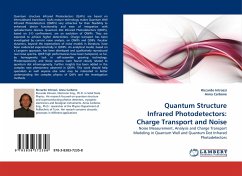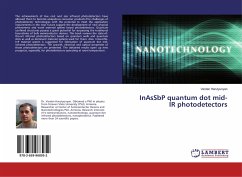This book is dedicated to the study of identities observed at the interface between integrable models in statistical physics and combinatorics. The story begins in the 80s when Mills, Robbins and Rumsey found a surprising relation between Alternating Sign Matrices and Totally Symmetric Self-Complementary Plane Partitions: they are equal in number, which was later proved by Zeilberger. Shortly after, Kuperberg used quantum integrability (concept coming from statistical physics), to gave a simpler and more elegant proof. Years after, Razumov and Stroganov conjectured one intriguing relation between the Alternating Sign Matrices and the XXZ chain spin model, also integrable. This conjecture was proved by Cantini and Sportiello in 2010. This work should shed some light on the role of integrability in this story, notably, the role played by the quantum Knizhnik-Zamolodchikov equation. Moreover, the interested reader will find here the proof of several delightful conjectures and some new ones.


